 Multiple Births Linked to Fertility Drugs: The Latest Report
Multiple Births Linked to Fertility Drugs: The Latest Report
Memphis, Tenn. ‒ Over the past four decades, it has been well documented that increases in the use of fertility treatments have coincided with a significant boom in the rate of multiple births in the United States. The reason for this trend is that fertility treatments can sometimes create a situation where multiple embryos may implant simultaneously in a woman’s womb. But doctors at Fertility Associates of Memphis say the field of reproductive medicine has made significant strides.
A new report by the New England Journal of Medicine finds that that fertility treatments still account for 36% of twin births and 77% of triplet and higher-order births. However, the same study also shows that over the past decade, there has been a 70% reduction in the transfer of three or more embryos during in vitro fertilization (IVF) and a 33% decrease in the proportion of triplet and higher-order births attributable to IVF.
Dr. William Kutteh, director of Fertility Associates of Memphis, said, “The technology associated with IVF has matured tremendously over the past several decades. In the early days of IVF, suboptimal laboratory conditions, stimulation protocols, and surgical techniques led to a significantly lower chance of achieving pregnancy per embryo transferred into a uterus. To compensate for this, practitioners would routinely transfer many embryos into a uterus with the hopes of just having one ‘take.’ As the technology advanced, the success rates dramatically increased, but so did the rates of multiple pregnancies associated with assisted reproductive technologies. Current criteria set by the American Society for Reproductive Medicine typically limits the number of embryos appropriate to transfer to one or two, which is what we do at Fertility Associates of Memphis to reduce the risks of multiple births.”
Kutteh added that therapies other than IVF have classically been the sources of higher-order multiples, such as intra uterine insemination (IUI) with injectable hormone ovarian stimulation protocols, and those are growing increasingly unpopular nationally. For example, the reality television series “John & Kate Plus 8” featured a couple that had experienced a multiple birth from IUI, not IVF.
Dr. Raymond Ke, medical director of Assisted Reproductive Technologies including IVF at Fertility Associates of Memphis, said that the chance of having multiple births associated with infertility treatments is a continual source of concern, since higher-order multiple births raise medical risks and hospital bills for mothers and babies.
Ke said, “Our field of medicine has made significant strides in decreasing this problem. Over the coming decade, single embryo transfer will likely be used more and more. Additionally, treatments that lack control over the number of embryos created, such as IUI with injectable hormone ovarian stimulation protocols, may largely go away.”
For more information about Fertility Associates of Memphis, please visit online at fertilitymemphis.com.
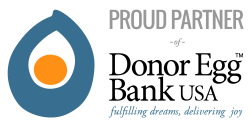
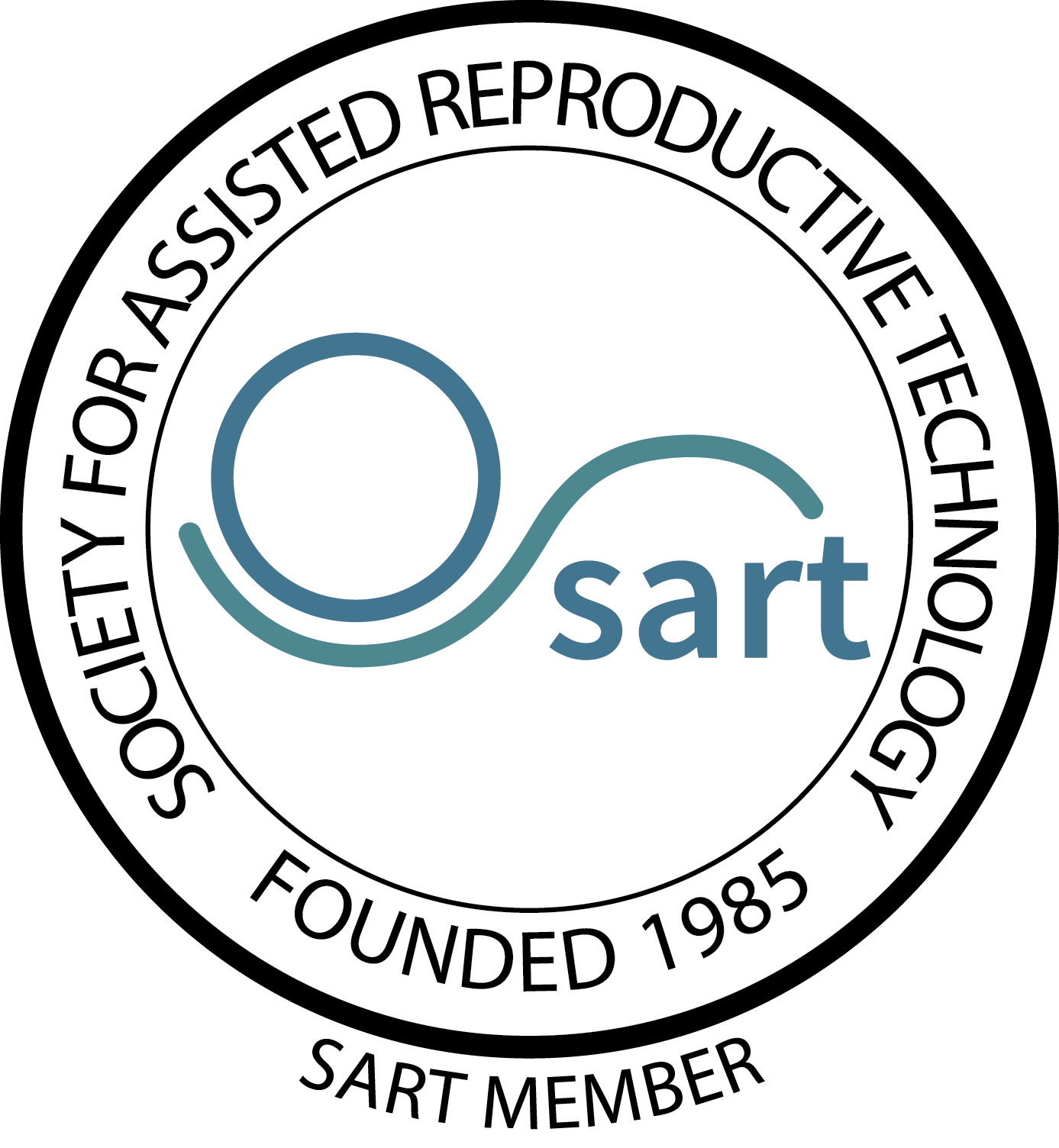

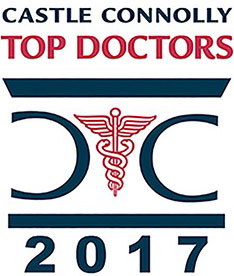
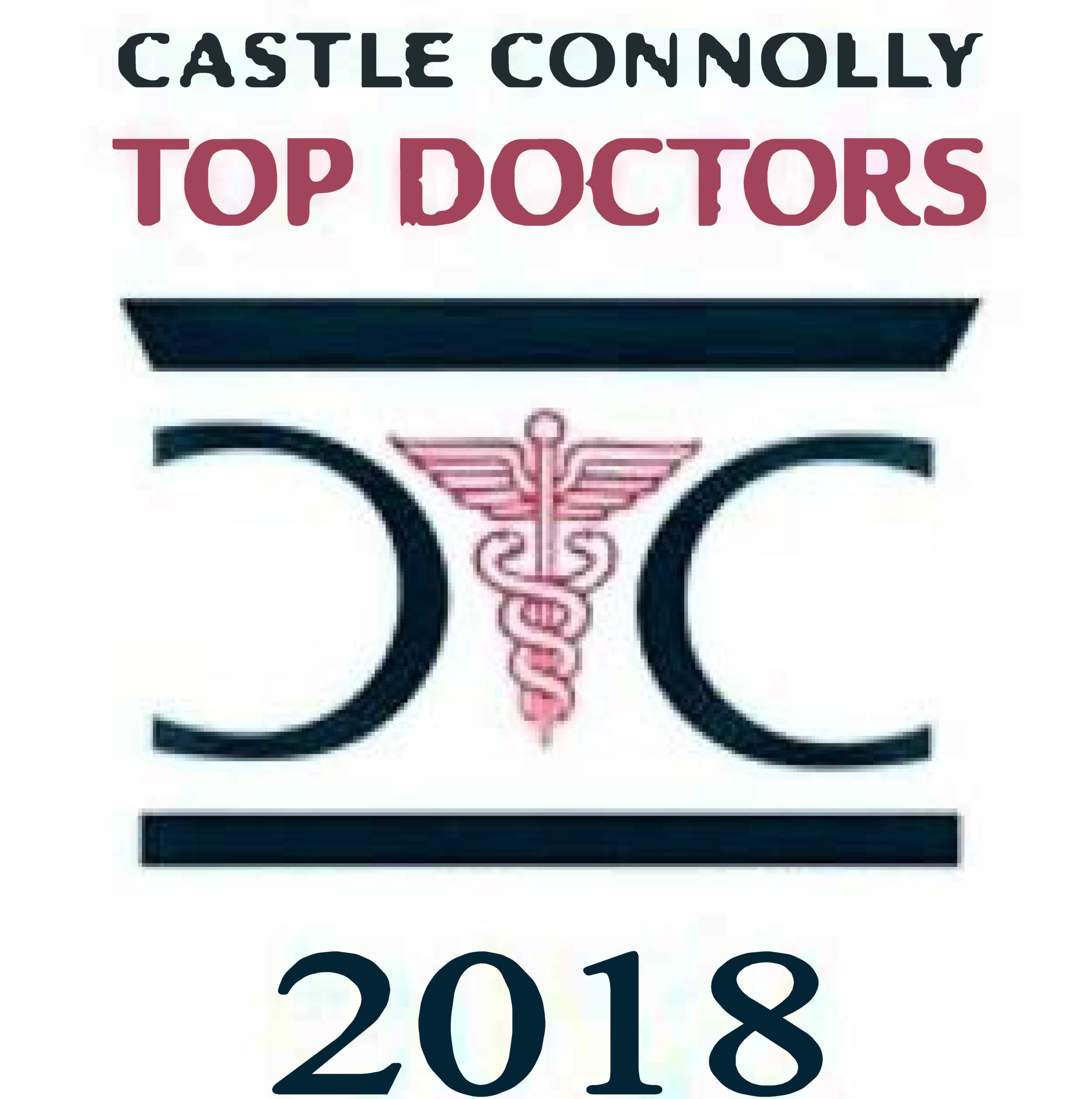
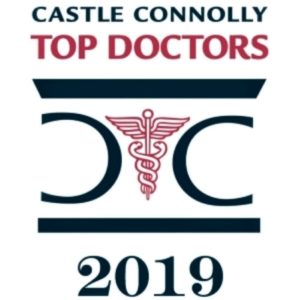
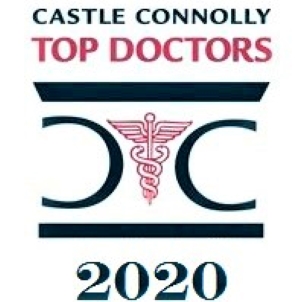


Comments are closed.